



Services


Heigh Tibial Osteotomy
I firmly believe in the power of nature and the natural laws of the body. I offer a unique approach to creating a complete and personalized path to wellness.
Joint Replacements- Hip, Knee and Shoulder
Joint replacement surgeries are advanced orthopedic procedures designed to relieve pain, restore mobility, and improve quality of life in patients suffering from severe joint damage due to arthritis, trauma, or degenerative conditions. With extensive training and experience in complex joint replacements, Dr. Rohit V specializes in knee, hip, and shoulder replacements, offering patients state-of-the-art surgical care tailored to their needs.
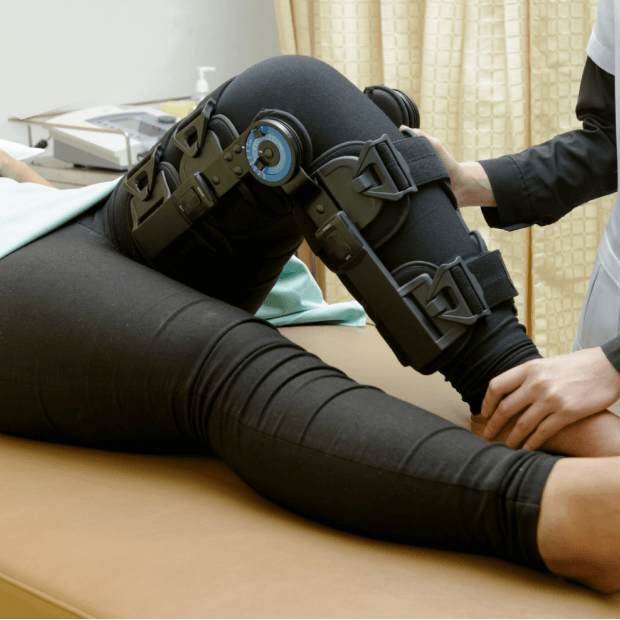
High Tibial Osteotomy (HTO) Surgery
High tibial osteotomy (HTO) is a joint-preserving surgical procedure that realigns the knee to offload stress from the damaged compartment, most commonly the medial side. By carefully cutting and reshaping the upper tibia, the surgeon shifts weight-bearing toward the healthier part of the knee, reducing pain, improving function, and slowing the progression of arthritis. HTO is often combined with cartilage or meniscal procedures to optimize joint preservation.
This procedure is particularly recommended for younger or active patients with unicompartmental arthritis, malalignment, or localized cartilage damage who wish to delay knee replacement. By restoring proper knee biomechanics, HTO not only alleviates discomfort but also improves function and stability, enabling patients to continue sports, work, and daily activities with greater ease.
When is High Tibial Osteotomy Recommended?
- Younger or active patients with unicompartmental knee osteoarthritis
- Patients with varus or valgus knee deformities causing uneven load
- Individuals with medial or lateral compartment cartilage or meniscus damage
- Patients seeking to preserve their natural joint and delay replacement
- Those who have persistent knee pain and dysfunction despite conservative treatments


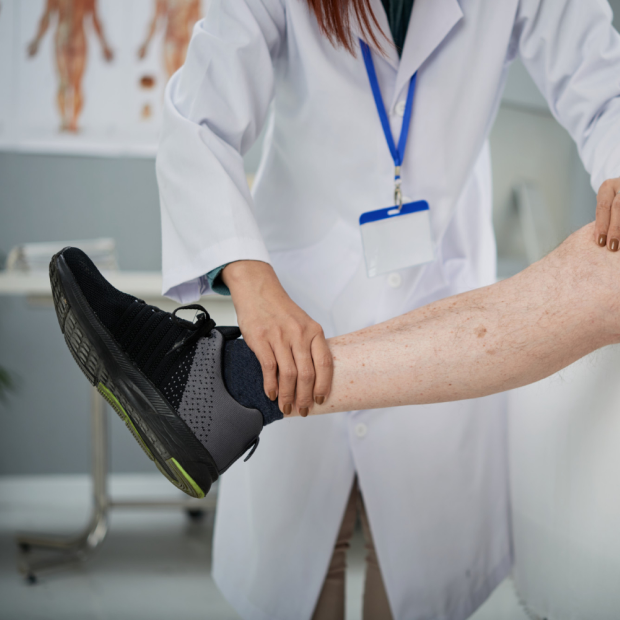
Benefits of High Tibial Osteotomy
- Reduces pain and discomfort from uneven joint load
- Slows the progression of arthritis and cartilage degeneration
- Preserves the natural knee joint, delaying the need for knee replacement
- Restores proper knee alignment and biomechanics
- Allows active patients to continue sports, work, and daily activities
More Services
ACL reconstruction with hamstring graft
ACL reconstruction with a hamstring graft is one of the most commonly performed techniques to restore stability after an anterior cruciate ligament (ACL) tear. In this procedure, a portion of the patient’s own hamstring tendons (usually the semitendinosus, sometimes combined with gracilis) is harvested and prepared to serve as the new ligament.
The graft is then inserted into the knee through an arthroscopic (keyhole) approach, positioned precisely in place of the torn ACL, and fixed with specialized screws or devices to allow it to heal securely within the bone tunnels. Over time, the graft remodels and functions like a natural ligament.
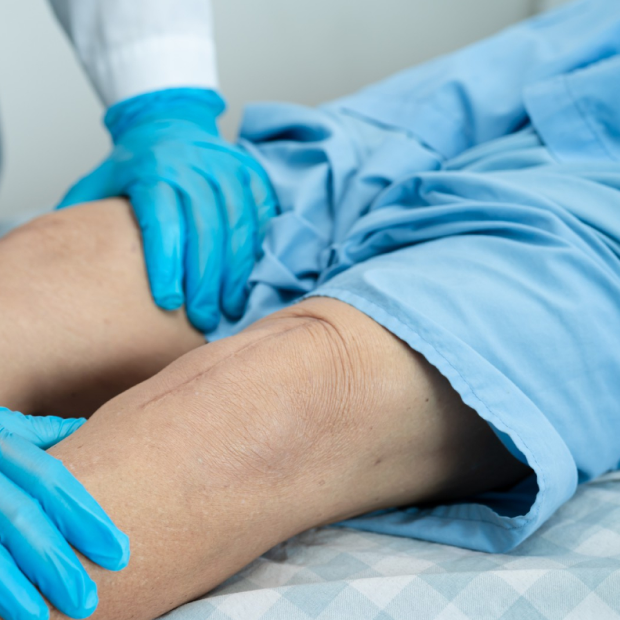
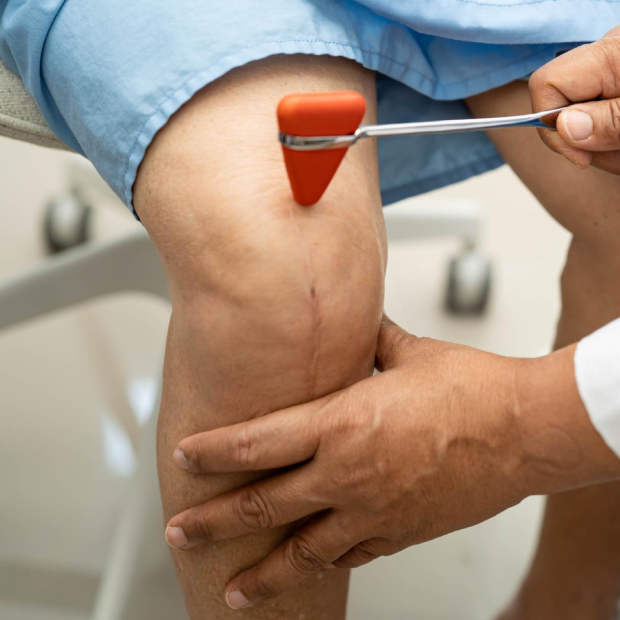
Revision ACL reconstruction
Revision ACL reconstruction is a specialized procedure performed when a previous ACL reconstruction has failed or when the knee continues to remain unstable after surgery. Failure may occur due to reinjury, improper tunnel placement, graft rupture, infection, or gradual stretching of the graft over time.
During revision surgery, the surgeon carefully evaluates the cause of failure with advanced imaging and clinical examination. The procedure often requires removal of the old graft, correction of tunnel position, and placement of a new graft (commonly hamstring, patellar tendon, quadriceps tendon, or allograft). In some cases, staged surgeries may be necessary if there is significant bone loss or tunnel widening.
ACL reconstruction with BTB graft
ACL reconstruction with a Bone–Patellar Tendon–Bone (BTB) graft is considered the gold standard technique for many athletes and active individuals. In this procedure, the central third of the patient’s patellar tendon is harvested along with small bone plugs from the kneecap (patella) and shinbone (tibia). These bone blocks allow for strong fixation within the drilled bone tunnels, creating a stable and durable reconstruction.
The surgery is performed arthroscopically, using minimally invasive techniques to accurately place the graft in the original ACL position. The bone-to-bone healing provides excellent stability and is particularly beneficial for patients involved in high-demand sports that require cutting, pivoting, or jumping.
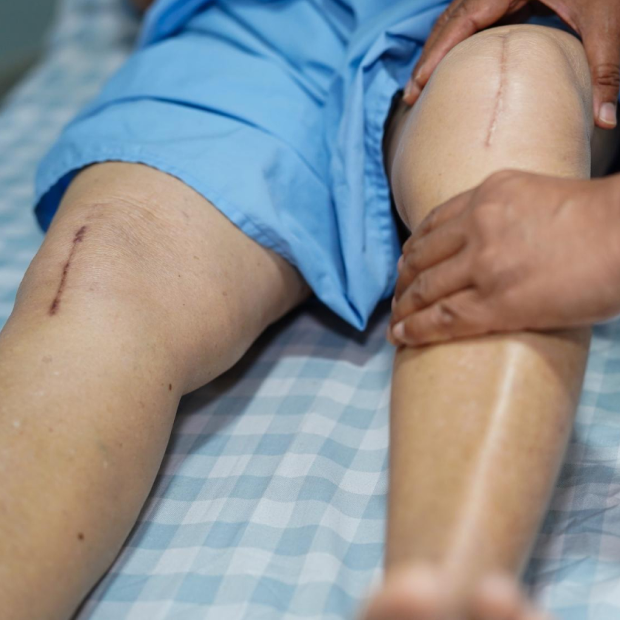

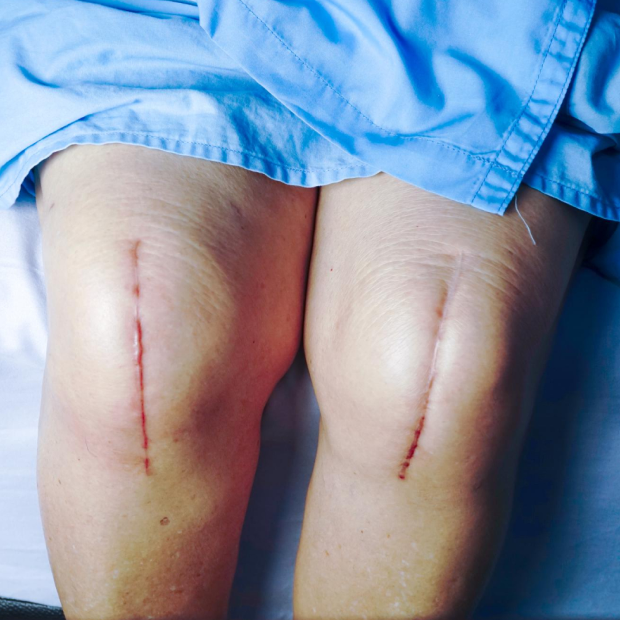
MCL Reconstruction/ Repair
The Medial Collateral Ligament (MCL) is one of the major stabilizing ligaments of the knee, located along the inner side of the joint. It helps resist forces that push the knee inward (valgus stress) and plays a critical role in overall knee stability. MCL injuries are common in contact sports, twisting movements, and traumatic falls. While many mild to moderate injuries can heal with non-surgical treatment, severe or complex tears may require surgical repair or reconstruction.
MCL Repair is typically performed in cases of acute injuries, where the torn ligament can be directly sutured back to bone or reinforced with anchors.MCL Reconstruction is recommended in chronic injuries, high-grade tears, or failed conservative treatment, where the ligament is too damaged to heal adequately. In this procedure, a graft (usually hamstring tendon autograft or allograft) is used to reconstruct the damaged ligament and restore stability.
LCL/ PLC Repair / Reconstruction
The Lateral Collateral Ligament (LCL) and the Posterolateral Corner (PLC) are important stabilizers on the outer side of the knee. Together, they prevent the knee from bowing outward (varus stress) and control rotational stability. Injuries to the LCL and PLC often occur during high-energy trauma, sports injuries, or in combination with other ligament injuries such as the ACL or PCL.
LCL / PLC Repair is typically performed in acute injuries, when the torn structures are still healthy and can be reattached directly to bone using sutures or anchors.
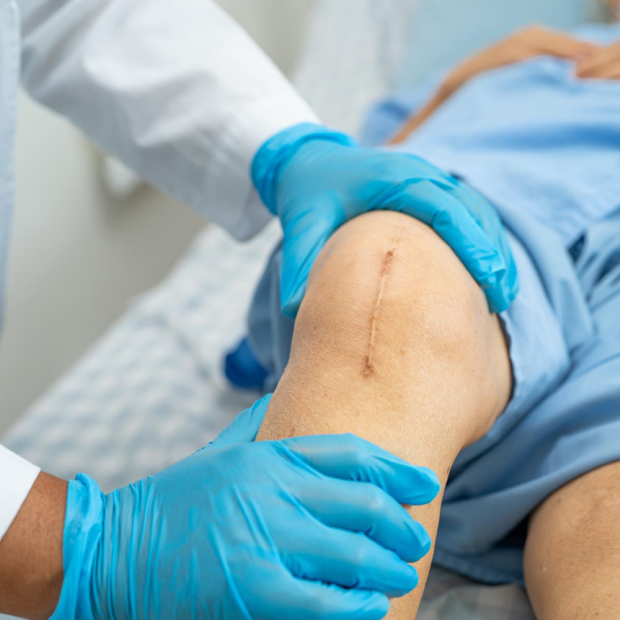
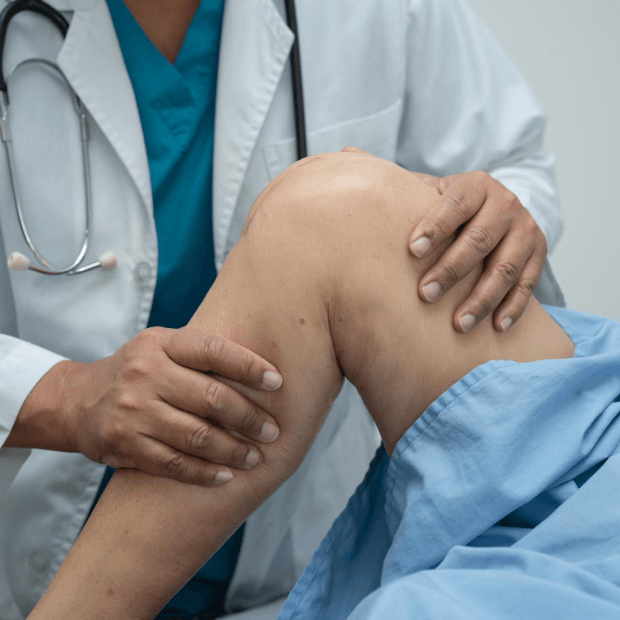
MPFL reconstruction for patella dislocation
The Medial Patellofemoral Ligament (MPFL) is the primary soft tissue stabilizer that keeps the kneecap (patella) from sliding outwards. When the MPFL is torn — usually after a traumatic patella dislocation — patients may experience recurrent instability, pain, swelling, and difficulty with sports or even daily activities.
MPFL Reconstruction is a surgical procedure that restores stability to the patella by recreating the torn ligament using a tendon graft (typically hamstring or allograft). The graft is fixed between the inner side of the patella and the femur through small incisions, using minimally invasive techniques.
Latissimus Dorsi Transfer
This specialized procedure transfers the latissimus dorsi muscle to replace irreparable rotator cuff function. It restores shoulder stability and strength, particularly in cases of massive cuff tears. Arthroscopically assisted techniques improve outcomes, reduce pain, and enable patients to regain active shoulder movements otherwise lost with tendon deficiency.


Cuff Repair with Patch Augmentation
Patch augmentation is used to strengthen rotator cuff repairs, especially in large or complex tears. A biological or synthetic patch is applied over the repaired tendon, enhancing healing and providing additional support. This technique improves repair durability, reduces re-tear risk, and ensures better long-term shoulder function.
High Tibial Osteotomy: Realigning for Pain Relief

Joint Replacements
Advanced hip, knee, and shoulder joint replacements ensuring pain relief, improved mobility, and long-lasting recovery.
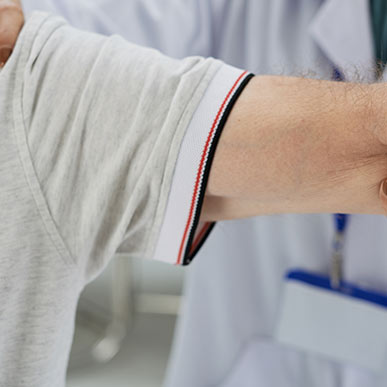
Arthroscopic Rotator Cuff Repair
MBBS, BPharm, FRCOG, FRANZCOG
Minimally invasive arthroscopic rotator cuff repair to relieve pain, restore shoulder strength, and improve mobility.
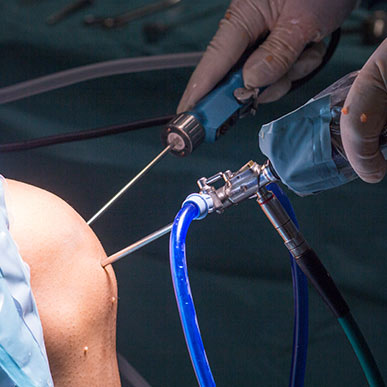
Arthroscopic Bankarts Repair
Minimally invasive arthroscopic Bankart’s repair to treat shoulder instability, restore joint stability, and prevent recurrent dislocations.
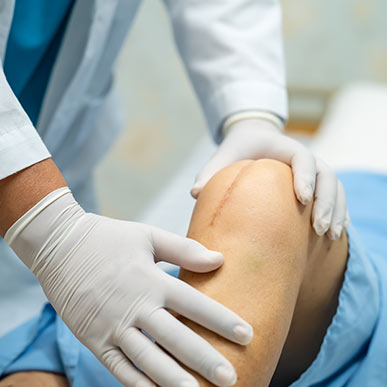
ACL Reconstruction
Advanced ACL reconstruction surgery to restore knee stability, support active lifestyles, and prevent future joint injuries.

Meniscal Repairs
Arthroscopic meniscal repair to preserve knee function, relieve pain, restore mobility, and prevent long-term joint damage.
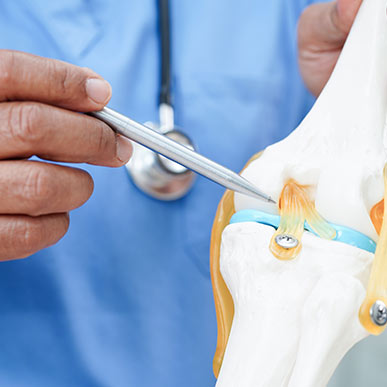
Cartilage Surgeries
Specialized cartilage surgeries to repair joint damage, reduce pain, restore mobility, and protect long-term joint health.
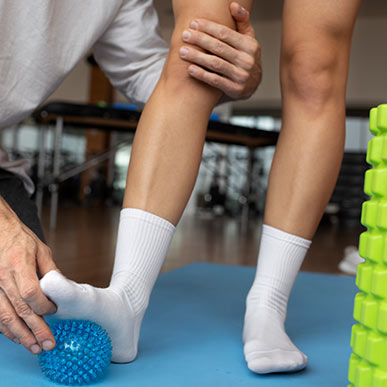
High Tibial Osteotomy
High tibial osteotomy surgery to correct knee alignment, relieve arthritis pain, and preserve natural joint function.

Endoscopic Carpal Tunnel Release
Minimally invasive endoscopic carpal tunnel release to relieve wrist pain, restore hand function, and improve mobility.

